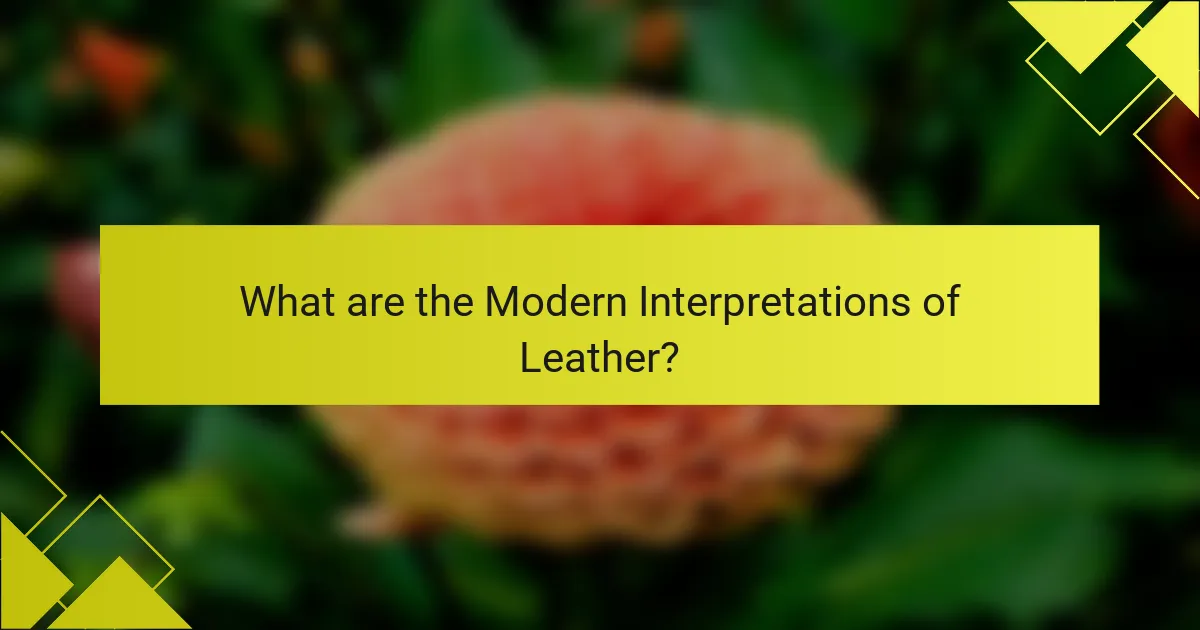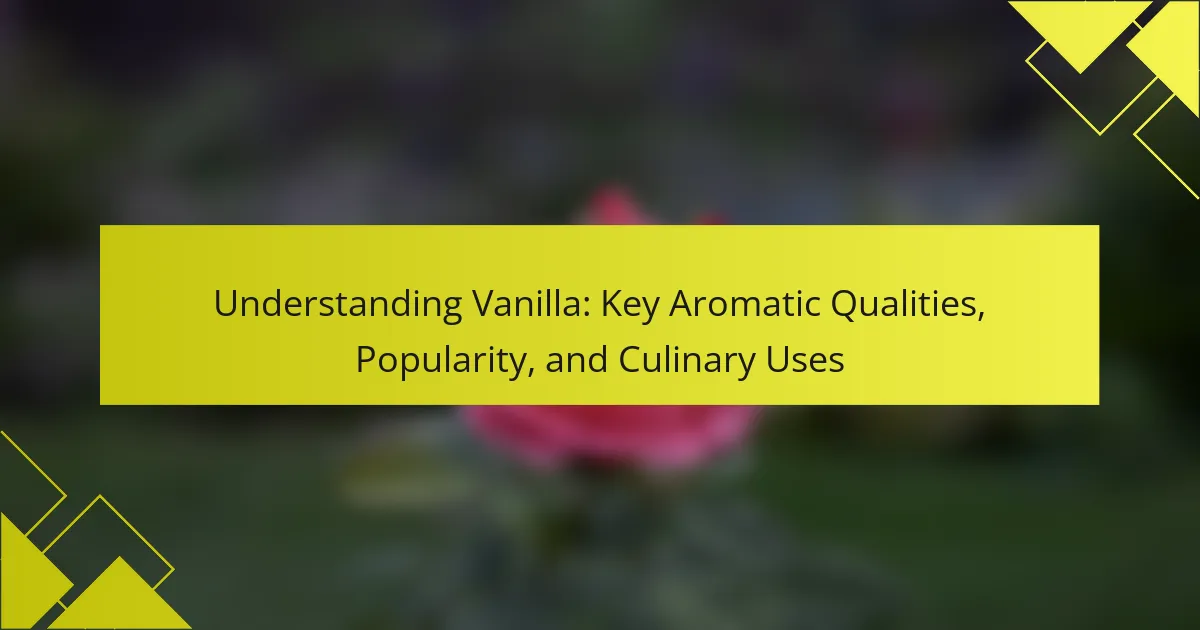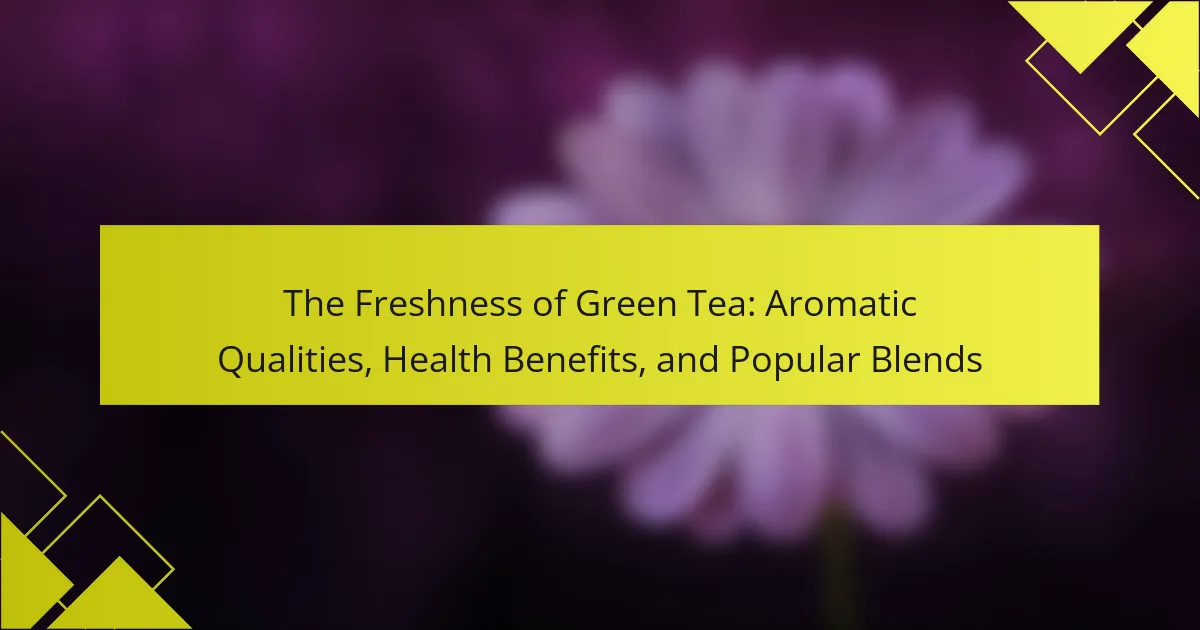
What is the Boldness of Leather?
The boldness of leather refers to its strong, distinctive scent and robust texture. This characteristic is often associated with high-quality leather products. The boldness arises from the tanning process, which uses natural oils and fats. These elements enhance the leather’s durability and aromatic profile. Many consumers seek bold leather for its luxurious feel and longevity. It is commonly found in premium goods like handbags and jackets. Leather’s boldness can evoke feelings of strength and sophistication. This quality has made it a favored material throughout history.
How is leather defined in terms of its characteristics?
Leather is defined as a durable material made from the tanning of animal hides. It possesses unique characteristics such as flexibility, strength, and resistance to wear. Leather can be categorized into various types, including full-grain, top-grain, and suede, each with distinct attributes. It is often valued for its aesthetic appeal and tactile quality. Additionally, leather has a natural ability to breathe, which contributes to its comfort in use. The tanning process enhances its longevity and durability, making it suitable for a variety of applications. Historically, leather has been used in clothing, accessories, and furniture, demonstrating its versatility. These characteristics underscore leather’s significance in both historical contexts and modern interpretations.
What are the primary types of leather used in various applications?
The primary types of leather used in various applications include full-grain, top-grain, corrected-grain, and suede. Full-grain leather is the highest quality and retains the natural grain. It is durable and develops a patina over time. Top-grain leather is sanded and finished, offering a more uniform appearance. It is often used in high-end products. Corrected-grain leather has its imperfections removed and is coated for a consistent look. Suede is made from the underside of the hide, providing a soft texture. Each type serves different purposes in fashion, upholstery, and accessories.
What attributes make leather a bold material choice?
Leather is a bold material choice due to its durability, versatility, and aesthetic appeal. Its durability allows leather products to withstand wear and tear over time. This characteristic makes leather ideal for high-use items like furniture and clothing. Versatility is another key attribute, as leather can be crafted into various styles and forms. This adaptability enables it to fit different design aesthetics, from classic to contemporary. Additionally, leather has a unique aesthetic appeal, often associated with luxury and sophistication. The rich texture and natural variations in color enhance its visual interest. Furthermore, leather develops a distinctive patina over time, adding to its character. This aging process makes each leather item unique, further emphasizing its boldness as a material choice.
What role does scent play in the perception of leather?
Scent significantly influences the perception of leather. The aroma evokes associations with quality and authenticity. Leather’s natural scent comes from oils and tannins used in the tanning process. This olfactory characteristic enhances its appeal and desirability. Studies show that scent can trigger emotional responses and memories. For instance, the smell of leather is often linked to luxury and craftsmanship. This connection can affect consumer purchasing decisions. Additionally, the scent may vary based on the type of leather and its treatment. Overall, scent plays a crucial role in shaping perceptions of leather products.
How does the scent profile of leather develop during the tanning process?
The scent profile of leather develops during the tanning process through chemical reactions involving the hide and tanning agents. Tanning agents, such as chromium salts or vegetable tannins, interact with the proteins in the hide. This interaction alters the structure of the hide, leading to the formation of new compounds. As these compounds form, they contribute distinct odors to the leather.
The initial raw hide has a natural scent that changes as it undergoes processing. The heat and moisture during tanning can also influence the scent profile. Additional treatments, such as dyeing or conditioning, can further modify the fragrance.
Research shows that the specific type of tanning agent used can result in different scent characteristics. For instance, vegetable-tanned leather often has a more earthy aroma compared to chrome-tanned leather, which may have a sharper scent. Thus, the tanning process is crucial in determining the final scent profile of leather.
What are the emotional and psychological effects of leather’s scent?
Leather’s scent can evoke strong emotional and psychological responses. It is often associated with feelings of comfort and nostalgia. Studies indicate that familiar scents can trigger memories and emotions linked to past experiences. Leather’s aroma may also convey a sense of luxury and sophistication. Research shows that pleasant scents can enhance mood and well-being. The scent of leather is linked to feelings of confidence and assertiveness. This connection may stem from cultural associations with strength and durability. Overall, leather’s scent can positively influence emotional states and perceptions.

What are the Historical Uses of Leather?
Leather has been used historically for various purposes. It served as clothing in ancient civilizations for protection and warmth. Leather was also utilized for armor in battles, offering both durability and flexibility. Footwear made from leather has been common since antiquity, providing comfort and support. Additionally, leather was crafted into tools and equipment, enhancing functionality in daily life. Historical records indicate leather was used for bookbinding, preserving texts and documents. Leather’s applications extended to furniture, adding both utility and aesthetic appeal. Furthermore, it was employed in the creation of accessories, such as belts and bags, showcasing craftsmanship. These uses illustrate leather’s versatility and significance throughout history.
How has leather been utilized throughout different cultures?
Leather has been utilized in various ways across different cultures. In ancient Egypt, leather was used for sandals, armor, and scroll cases. Native American tribes crafted leather into clothing, bags, and ceremonial items. In medieval Europe, leather served as material for armor and bookbinding. Japanese culture features leather in traditional footwear like geta. African cultures have utilized leather for drums and ceremonial masks. In modern times, leather is prominent in fashion and upholstery. Each cultural use showcases leather’s versatility and significance.
What historical artifacts showcase leather’s significance?
Historical artifacts that showcase leather’s significance include ancient leather scrolls, armor, and footwear. The Dead Sea Scrolls, discovered in the 1940s, are among the oldest known leather manuscripts. They date back to around 250 BCE and demonstrate the durability of leather for preserving texts. Roman soldiers used leather armor, known as lorica, which provided protection and flexibility in battle. Additionally, leather shoes from ancient Egypt, dating back to 3000 BCE, highlight its role in daily life and craftsmanship. These artifacts illustrate leather’s multifaceted importance across different cultures and time periods.
How did the uses of leather evolve over time?
The uses of leather evolved significantly from ancient times to the modern era. Initially, leather served primarily for clothing and protective gear among early humans. Archaeological evidence shows that leather was used for tools and shelter as early as 30,000 years ago. Over time, leather became integral to various cultures for making armor and footwear.
During the Middle Ages, leather crafting advanced, leading to decorative items and accessories. The Industrial Revolution introduced mass production techniques, expanding leather use in furniture and automobiles. In contemporary society, leather is now prevalent in fashion, accessories, and luxury goods.
The versatility of leather continues to be appreciated, adapting to new technologies and consumer preferences. Today, sustainable practices are influencing leather production, reflecting a shift towards environmental consciousness.
Why was leather considered a valuable resource in ancient societies?
Leather was considered a valuable resource in ancient societies due to its durability and versatility. It provided protection against the elements and was used for clothing, armor, and shelter. Leather was also essential for crafting tools, footwear, and containers. The tanning process improved its longevity, making it a reliable material. In many cultures, leather items signified status and wealth. Historical evidence shows that leather goods were traded extensively, highlighting their economic importance. Ancient texts and artifacts confirm leather’s role in daily life and commerce.
What roles did leather play in ancient trade and economy?
Leather served as a significant commodity in ancient trade and economy. It was widely used for making durable goods such as clothing, footwear, and armor. These items were essential for both daily life and military purposes. Leather’s versatility made it a valuable trade item across various cultures. Ancient civilizations, including the Romans and Egyptians, traded leather goods extensively. This trade contributed to economic growth and cultural exchange. Additionally, leather production created jobs within communities. The demand for leather stimulated livestock farming, impacting agricultural practices. Overall, leather was a crucial element in shaping ancient economies and trade networks.
How did leather contribute to survival and daily life in historical contexts?
Leather significantly contributed to survival and daily life in historical contexts by providing durable materials for clothing, shelter, and tools. It offered protection against harsh weather and environmental elements. Leather garments insulated against cold and were used for armor in warfare. Additionally, it was crafted into footwear, enhancing mobility and comfort. Leather was also utilized in the construction of tents and coverings, creating safe living spaces. Historical evidence shows that ancient civilizations, such as the Egyptians and Romans, relied on leather for various essential items. The versatility of leather made it a vital resource for survival and daily activities.

What are the Modern Interpretations of Leather?
Modern interpretations of leather include sustainable alternatives and innovative designs. Vegan leather, made from materials like pineapple leaves and mushrooms, is gaining popularity. These alternatives reduce environmental impact compared to traditional leather. Upcycled leather, sourced from discarded items, is also a modern trend. Designers use it to create unique fashion pieces. Additionally, technology influences leather production with smart textiles. These textiles can incorporate features like temperature regulation. Overall, modern leather interpretations reflect changing consumer values and technological advancements.
How is leather being redefined in contemporary fashion and design?
Leather is being redefined in contemporary fashion and design through sustainable practices and innovative materials. Designers are increasingly using plant-based and synthetic alternatives to traditional leather. This shift addresses environmental concerns associated with animal leather production. Brands like Stella McCartney and Hermès are leading this change with eco-friendly collections. The use of mushroom leather and recycled plastics is gaining popularity. These materials offer similar aesthetics and durability to animal leather. Additionally, digital fashion is emerging, allowing for virtual leather designs. This evolution reflects a growing consumer demand for ethical and sustainable fashion choices.
What innovative techniques are being used to create modern leather products?
Modern leather products are created using techniques such as vegetable tanning, laser cutting, and 3D printing. Vegetable tanning uses natural tannins from plants, making leather environmentally friendly. This method enhances the leather’s durability and aesthetic appeal. Laser cutting allows for precise designs and intricate patterns, reducing waste during production. 3D printing enables the creation of complex shapes and custom designs, offering unique possibilities in leather goods. Additionally, innovative dyeing techniques use water-based dyes, minimizing environmental impact. These advancements reflect a shift towards sustainability and customization in the leather industry.
How do modern consumers perceive and value leather today?
Modern consumers generally perceive leather as a luxury material with a blend of tradition and innovation. Many view it as a status symbol, reflecting quality and craftsmanship. Leather is often associated with durability and longevity, making it a preferred choice for fashion and accessories. However, there is a growing awareness regarding ethical concerns and sustainability. Consumers increasingly value eco-friendly alternatives and animal welfare. Reports indicate that around 60% of consumers consider sustainability when purchasing leather products. This shift influences brand strategies, prompting them to adopt more sustainable practices. Overall, the perception of leather is evolving, balancing luxury with ethical considerations.
What are the ethical considerations surrounding leather use today?
The ethical considerations surrounding leather use today include animal welfare, environmental impact, and sustainability. Leather production often involves the killing of animals, raising concerns about cruelty and ethical treatment. Additionally, tanning processes can release harmful chemicals, which can pollute water sources and harm ecosystems. The carbon footprint of leather production contributes to climate change, prompting calls for more sustainable practices. Alternatives to traditional leather, such as plant-based or synthetic materials, are gaining popularity as ethical substitutes. Consumer awareness is increasing, leading to demands for transparency in sourcing and production methods. Brands are being urged to adopt ethical standards and certifications to address these concerns.
How are sustainable practices being integrated into leather production?
Sustainable practices are increasingly integrated into leather production through eco-friendly tanning methods. Traditional tanning often uses harmful chemicals, but alternatives like vegetable tanning are gaining traction. Vegetable tanning employs natural materials, reducing environmental impact. Additionally, some producers are adopting closed-loop systems to recycle water and chemicals. This minimizes waste and conserves resources. Innovations in sourcing leather from by-products of the meat industry also promote sustainability. These practices help reduce the carbon footprint associated with leather production. Furthermore, companies are investing in traceability to ensure ethical sourcing of raw materials. This transparency supports responsible consumption and production.
What alternatives to traditional leather are gaining popularity?
Plant-based materials are gaining popularity as alternatives to traditional leather. These include options like pineapple leather, made from the fibers of pineapple leaves. Another notable alternative is mushroom leather, derived from mycelium. Additionally, apple leather is created from the waste of apple juice production. These materials offer sustainable and cruelty-free options for consumers. The global market for vegan leather is projected to reach $89 billion by 2025, indicating strong demand. Brands like Stella McCartney and Adidas are already incorporating these materials into their products.
What tips can be applied for caring for leather products?
To care for leather products, regularly clean them with a soft, dry cloth. This prevents dirt buildup and maintains appearance. Apply a leather conditioner every 3 to 6 months. Conditioning keeps the leather supple and prevents drying out. Store leather items in a cool, dry place away from direct sunlight. Sunlight can cause fading and drying. Avoid exposure to water; if wet, blot with a cloth and let air dry. Use a leather protector spray for additional water resistance. Finally, keep leather away from heat sources to prevent cracking. These practices extend the life of leather products significantly.
How can one maintain the scent and appearance of leather items?
To maintain the scent and appearance of leather items, regularly clean and condition them. Use a soft cloth to wipe away dirt and dust. Apply a leather conditioner every 6 to 12 months. This helps retain moisture and prevent cracking. Store leather items in a cool, dry place away from direct sunlight. Avoid exposing leather to water, as it can damage the material. Use a leather protector spray to shield against stains and moisture. Following these practices can preserve both the scent and appearance of leather for years.
What common mistakes should be avoided when caring for leather?
Common mistakes when caring for leather include using harsh cleaners. Harsh chemicals can damage the leather’s finish. Another mistake is neglecting regular conditioning. Conditioning prevents drying and cracking. Over-wetting leather is also a mistake. Excess moisture can lead to mold and deterioration. Failing to store leather properly can cause misshaping. Store leather items in a cool, dry place. Lastly, not protecting leather from direct sunlight can fade its color. Sunlight exposure can lead to discoloration and drying.
The main entity of this article is leather, specifically focusing on its boldness characterized by its strong scent and robust texture. The article explores the tanning process that contributes to these qualities, the various types of leather and their applications, and the emotional and psychological effects of leather’s scent. Additionally, it examines leather’s historical significance across cultures, its evolution in use, and modern interpretations, including sustainable alternatives and innovative production techniques. The article also provides practical tips for caring for leather products to maintain their appearance and longevity.



